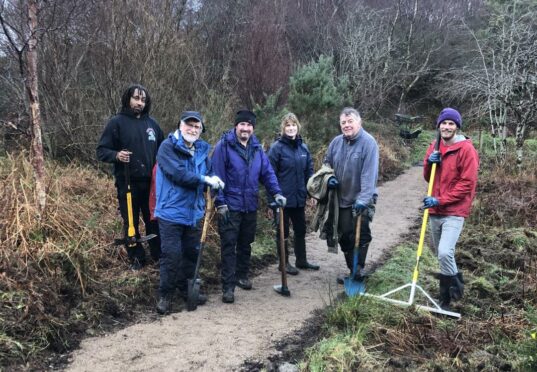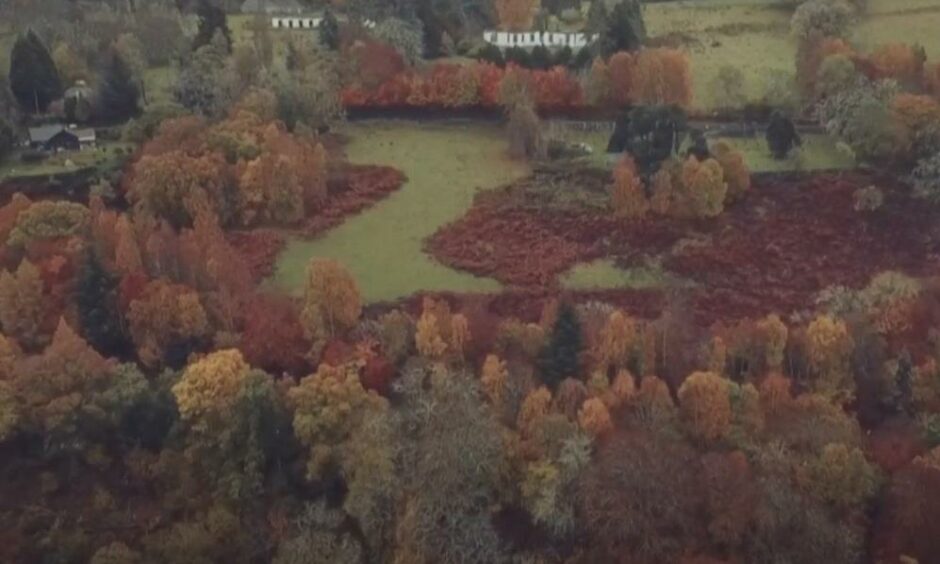Projects aimed at enhancing biodiversity in the north have received a share of £230,000 through the Highland Restoration Fund.
The new Highland Nature Restoration Fund (NRF) was established by the Scottish Government and is administered by Highland Council.
Projects across the region, which will help restore woodland, protect wildlife and offset the impact of climate change, will receive grants between £2,500 and £20,000.
A total of 27 projects have been selected, including 13 new wildflower meadow sites, 17 tree planting initiatives and seven areas of wetland creation or new wildlife ponds.
Other projects will tackle the threat of invasive species of plant life on native fauna like Japanese knotweed and giant hogweed.
Kyle and Lochalsh Community Trust was successful and will get £12,592 for their Re-Wetting the Plock project, establishing a wetland area at the Western Plock.
Fiona Wellings, trust manager, said: “Our desire is for the Plock to become a hub for the village of Kyle and surrounding area.
“Receiving this grant from Highland Council will enable us to diversify and improve our freshwater habitats, creating spaces that are currently unavailable for wildlife, and which we hope will stabilise our freshwater environs into the future.
‘Taking action to improve our environment’
“We envision a richness of life in our ponds in years to come. Improvement of our Plock habitats is a priority for us and by having this natural space that is home to a wide variety of plants and animals, we increase the opportunities for people to connect with nature at their own pace.”
Kinlochleven Community Trust (KCT) will receive the largest single grant of £20,000 towards the development of their community-owned woodland areas.
Lucy Cooke, development officer for KCT, said: “We experience a variety of climate change impacts across our local environment, and it will be exciting to utilise nature-based solutions across our land.
“In particular, we are mitigating the spread of fungal pathogens by turning diseased trees into wildlife monoliths that retain the natural woodland cycle and create new habitats that encourage biodiversity and strengthen the resilience of our forest.”
Another project which plans to sow millions of native wildflower seeds at the Boleskine Estate to increase biodiversity in the Loch Ness area received £9,100.
At least 42 different species of wildflower will be planted in the five acre meadow and will reintroduce some native species back into the Loch Ness area.
Keith Readdy, chairman of the Boleskine House Foundation, said: “Our bold new vision for the Boleskine Estate is to create a space for nature to thrive alongside heritage, creating a positive lasting legacy for the local area.
“We are thrilled to be able to include this landmark wildflower meadow in the Boleskine project, which is unique in that it is so multifaceted.”
To find the full list of projects that received funding click here.

